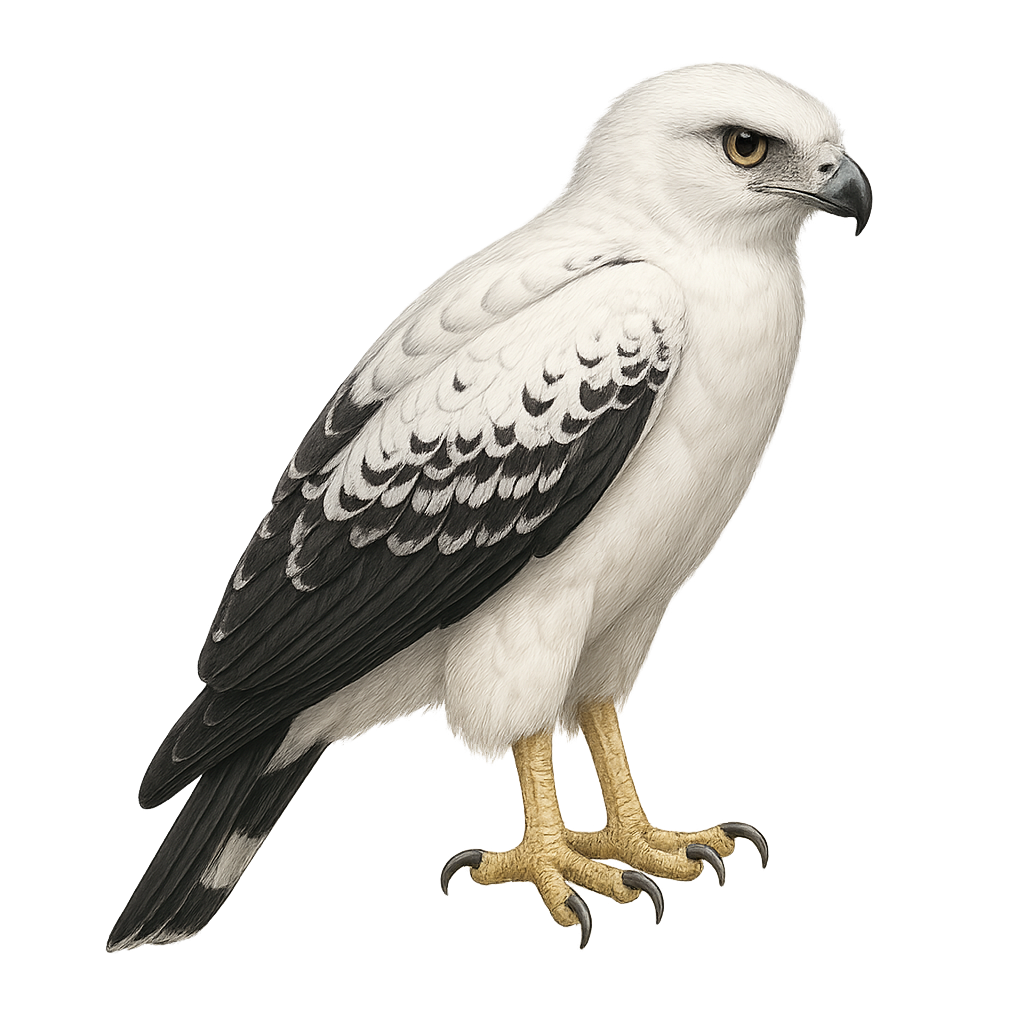Your wildlife photography guide.
Explore the white hawk in detail, study its behavior, prepare your shots.
Where to observe and photograph the white hawk in the wild
Learn where and when to spot the white hawk in the wild, how to identify the species based on distinctive features, and what natural environments it inhabits. The WildlifePhotographer app offers tailored photography tips that reflect the white hawk’s behavior, helping you capture better wildlife images. Explore the full species profile for key information including description, habitat, active periods, and approach techniques.
White Hawk
Scientific name: Pseudastur albicollis

IUCN Status: Least Concern
Family: ACCIPITRIDAE
Group: Birds
Sensitivity to human approach: Suspicious
Minimum approach distance: 20 m
Courtship display: February to March
Incubation: 33-36 jours
Hatchings: March to May
Habitat:
Tropical forests, humid forests, montane forests
Activity period :
Primarily active during the day, with peak activity in the morning and late afternoon.
Identification and description:
The White Hawk, Pseudastur albicollis, is a medium-sized raptor known for its predominantly white plumage with black wings and tail. It inhabits dense tropical forests in Central and South America, feeding mainly on reptiles, small mammals, and birds. Its flight is majestic, often soaring above the canopy. It is known for its piercing call, used to mark its territory. Although generally solitary, it can be seen in pairs during the breeding season. Its adaptability to various forest habitats makes it a resilient species despite increasing deforestation.
Recommended lens:
400 mm – adjust based on distance, desired framing (portrait or habitat), and approach conditions.
Photography tips:
To photograph the White Hawk, focus on tropical forests where it is often seen soaring above the canopy. Use a 400mm or longer telephoto lens to capture precise details of its distinctive plumage. Be patient and discreet, as this bird is suspicious. The best times to observe it are early morning or late afternoon when the natural light is soft. A tripod can be helpful to stabilize your camera during long observation sessions.
The WildlifePhotographer App is coming soon!
Be the first to explore the best nature spots, track rutting seasons, log your observations, and observe more wildlife.
Already 1 430 wildlife lovers subscribed worldwide

